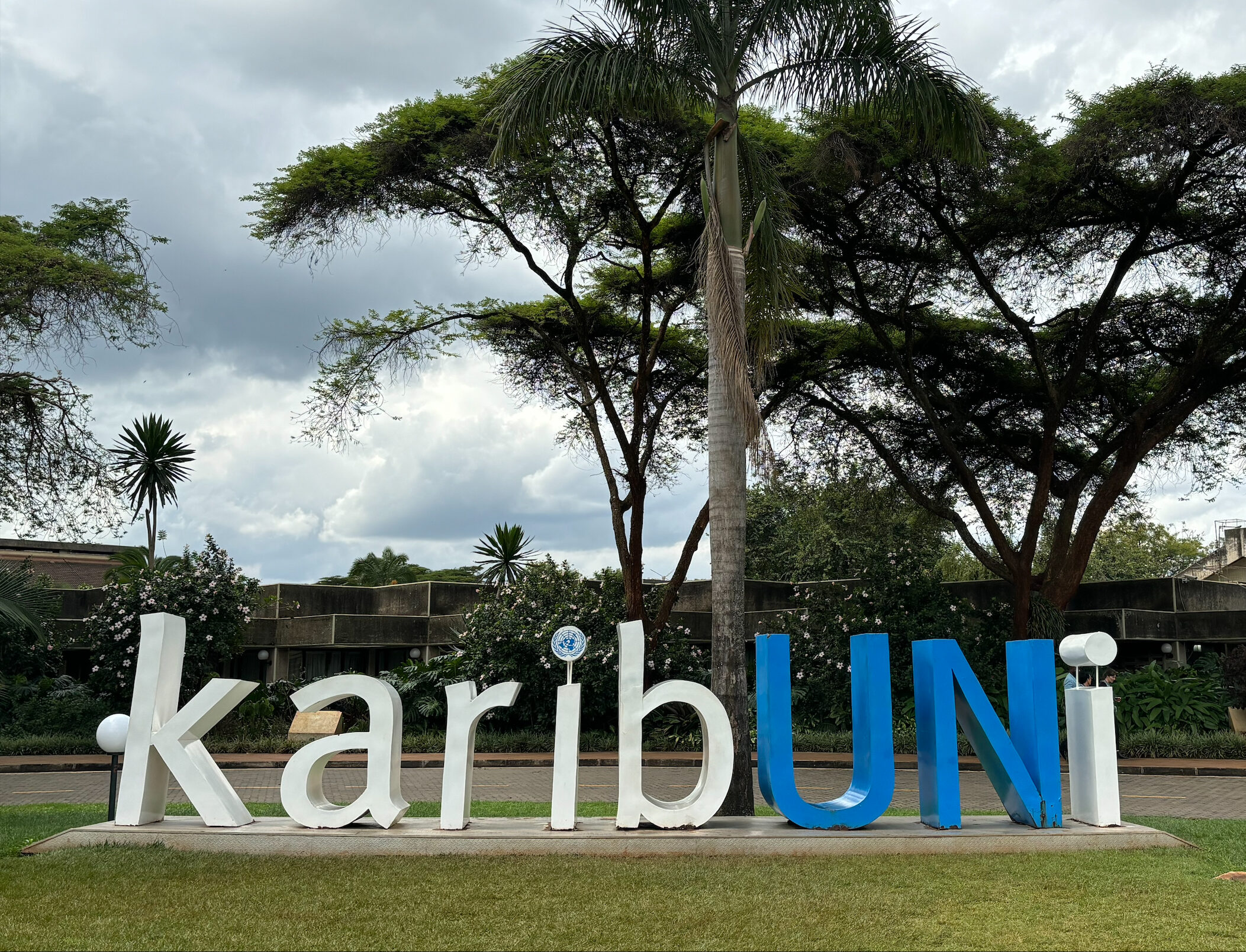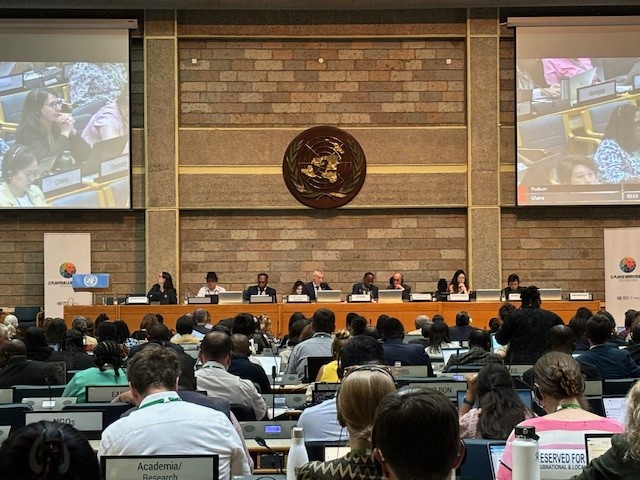How WWF is helping to ensure the Global Biodiversity Framework’s success
This week, negotiators are meeting in Nairobi, Kenya for the fourth of five discussions focused on implementing the Global Biodiversity Framework (GBF) — signed at the 15th Conference of Parties (COP15) in Montreal during December 2022 — and its clear mission to halt and reverse nature loss by 2030.
“Time is not on our side,” said Inger Andersen, UN under-secretary-general and executive-director of the United Nations Environment Programme, in her opening remarks. “COP16 is fast approaching, 2030 is fast approaching, and biodiversity is still declining across the board. So I encourage all delegates present here to show the kind of focus, the kind of compromise, the kind of ambition this COP has always been recognized for, [to] advance the work on the means of implementation that meet country needs and help ensure that biodiversity is put back on the path to recovery for the benefit of people and the planet.”

WWF-Canada’s Elizabeth Hendriks, VP of Restoration and Regeneration, has joined the Canadian delegation to provide expert advice to inform the Government of Canada’s position throughout negotiations, and to make sure Canada meets the goals that have been set out.
We spoke with Elizabeth to find out more about the meeting and what role WWF-Canada is playing.
Why is this meeting, and others like it, so important?
When the Kunming-Montreal GBF was signed, it was a historic global commitment to biodiversity — but its success depends on the actions that we take to implement it. These working group negotiations are where that work gets done, making sure commitments are met through clear frameworks, resource mobilization and targets.
This sets the stage for the next conference of the parties (COP16) later this year in Cali, Colombia by which time Member States have committed, as part of the GBF, to have their “national biodiversity strategies and action plans” (NBSAP) implemented.
This meeting is of the Subsidiary Body on Implementation, which lays the scientific foundations for successful implementation by providing recommendations to the COP, including identifying challenges that still need to be addressed.
What are those challenges?
The top three issues for implementation right now are:
- Setting aside enough funds and making sure they get to the regions that need them most.
- Ensuring countries are setting targets that align with global goal and ambition.
- Ensuring countries are also updating their NBSAP.
And how exactly are we going to achieve this global agreement’s goals by 2030?
When countries signed on to the GBF, they committed to four goals and 23 targets which together are meant to halt and reverse nature loss by the end of the decade. These include:
- Recovering and conserving populations of the most critically endangered animals and plants.
- Conserving 30 per cent of the world’s lands, waters and oceans and restoring 30 per cent of degraded ecosystems.
- Tackling the direct drivers of nature loss by transforming sectors and industries like agriculture, fisheries, forestry, infrastructure and resource extraction.
- Redirecting the flow of finance away from activities that harm our planet toward those that heal, including businesses and financial institutions investing in nature and regularly monitoring, assessing and disclosing the biodiversity-related impacts of their work.
All of this must be undertaken with a rights-based approach that affirms Indigenous rights, responsibilities, governance and economies.
These working group negotiations play an important role in achieving all of these goals, by creating the framework for tracking progress, ensuring rigour and measuring success.
What role do Environmental NGOs play in these types of negotiations?

ENGOs are offered observer status for UN environmental treaties, which means that we can monitor and provide suggestions to negotiators but aren’t part of the decision-making process. In this role, we act as a critical resource for the Canadian negotiators — we’re a source of information and education, sharing success stories and lessons learned to influence decisions that prioritize ambition, implementation and human rights.
What are we hoping to see in Canada’s NBSAP?
WWF-Canada has worked collaboratively with 16 other environmental organizations to put forward recommendations for the plan, which includes centering Indigenous-led conservation, aligning actions across government departments, and securing sufficient, long-term funding to support actions across the country.
This NBSAP is coming at a time when Canada is facing increasingly devastating climate-fueled wildfires, which are creating even more urgency for a plan to restore damaged ecosystems. Here in Canada, there are numerous organizations, government agencies, landholders and rightsholders who are leading important restoration in Canada. But they are acting largely on their own, without the perspective of how their work is contributing to collective results.
We need a centralized approach to tracking and counting current restoration initiatives that helps us understand how far we need to go to achieve our restoration goals by 2030.
